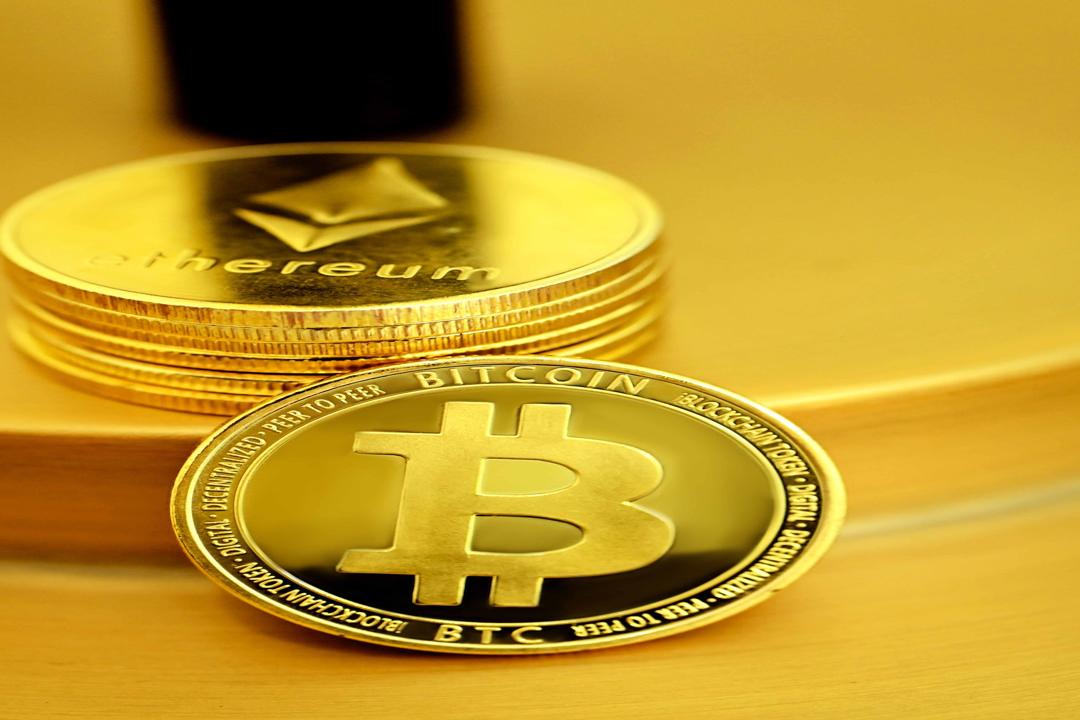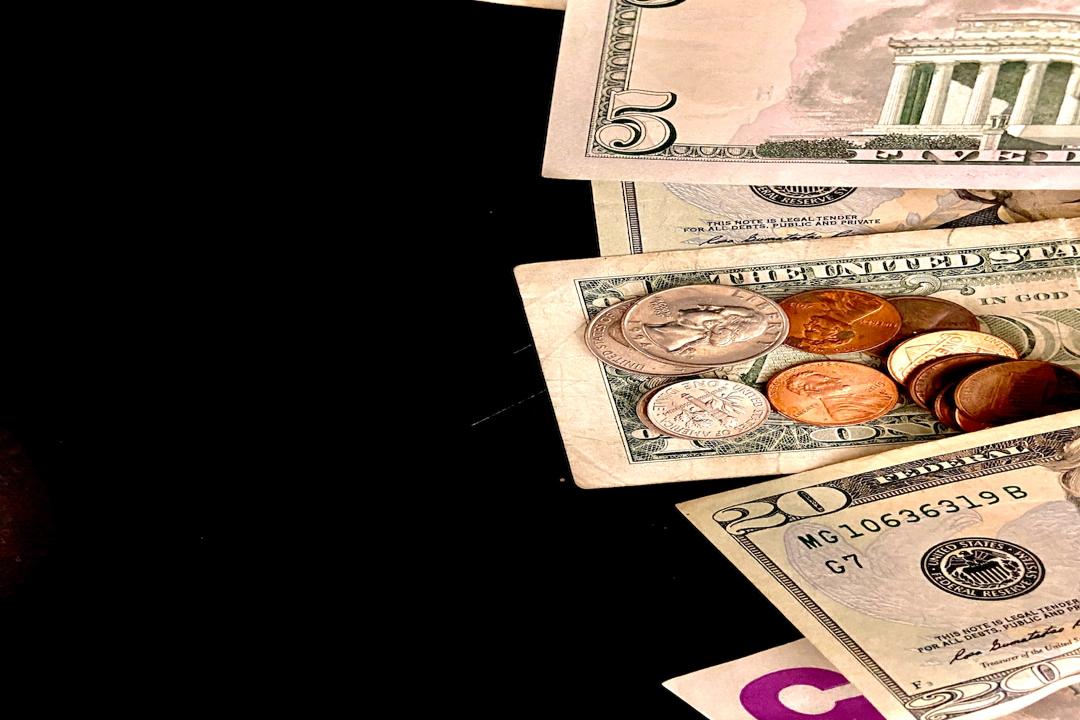Why is Crypto Up Today?
The crypto markets are a sea of green today. Bitcoin’s up 6% over the past 24 hours, Ether’s surged 9%, and a slew of altcoins including XRP and Avalanche have clocked double-digit gains. It all comes after Donald Trump confirmed he would be pausing most of his controversial “Liberation Day” tariffs for 90 days. The new trade restrictions had sparked widespread sell-offs across global stock markets, as well as riskier assets like crypto. It’s worth noting that the world’s biggest cryptocurrency is relatively flat compared with where it was one week ago — before the president’s aggressive policies were announced. ETH has lost 11% over the past seven days. What’s more, the Crypto Fear & Greed Index is still flashing a score of 39, indicating that there’s no shortage of fear among investors. Without any further ado, let’s unpack what’s happened — and what it means for the crypto markets going forward.

A Controversial Post
Shortly after Wall Street opened for Wednesday’s trading session, Trump posted on Truth Social: “THIS IS A GREAT TIME TO BUY!!! DJT.” Four hours later, the White House confirmed that his specific tariff rates for each country were being temporarily postponed. That led the S&P 500 to rally by 9.5% — a one-day surge not seen since the 2008 financial crisis. Meanwhile, the tech-heavy Nasdaq 100 spiked 12%, marking its best performance since 2001. This is a sharp turnaround for both indices, especially considering that the S&P 500 was on the brink of entering a bear market. Trump’s post has opened up allegations that he may have engaged in market manipulation — and given the fiasco that unfolded with the $TRUMP meme coin, it isn’t the first time he’s been accused of insider trading. Given White House officials had repeatedly insisted that the president had no plans to reverse his decision, despite the violent market reaction, there’s been a lot of confusion as to why the pause is happening now. It wasn’t the downturn in stocks that was alarming Trump’s closest aides, but the uptick in interest rates on 10-year Treasury bonds. That would have had a direct impact on the borrowing costs for credit cards, mortgages and car loans — all while the prices of everyday exported goods rose, too.
What Happens Next
Despite the upbeat market reaction, it’s important to stress that this saga isn’t over yet. Far from it. While dozens of countries have now seen reciprocal tariffs “substantially lowered to 10%,” Trump has announced that China’s levy is now surging to 145%, with the president accusing the country of showing “a lack of respect” to the global markets. This came into force effective immediately, and Beijing has retaliated by upping its own tariffs on U.S. goods. That means both of the world’s largest economies remain locked in an ever-escalating trade war that could have huge ramifications for the wider world, both from a financial and a security perspective. Both the S&P 500 and the Nasdaq 100 handed back some of Wednesday’s gains in early trading on Thursday — down by 3.8% and 5.2% respectively — in a sign that traders remain nervous about how things will unfold. According to Bloomberg, it’s highly unlikely that the S&P 500 will now end 2025 in positive territory. That’s bad news given how there’s been a close correlation between this index and Bitcoin, with both rising and falling in lockstep with one another.
Will Interest Rates Be Cut?
The bigger question is whether the Federal Reserve will move to cut interest rates when it next meets in May. Data from the CME FedWatch tool indicates there’s a 76.1% chance they’ll remain unchanged. However, most traders do believe there will be a small reduction come the middle of June. One development worth keeping on your radar is this: Trump is asking the Supreme Court to clarify whether he has the power to fire officials at independent agencies, and it’s likely Fed chair Jerome Powell would be high on the list. Powell has repeatedly refused to slash interest rates despite the president urging him to do so, with the economist arguing there needs to be clearer evidence of cooling inflation before borrowing costs can be reduced. Thursday’s Consumer Price Index reading came in at 2.4% in the year to March — slightly less than analyst expectations of 2.5%. Core prices, which exclude more volatile items like food and gas, are actually rising at their slowest rate in four years. But given this data doesn’t reflect the impact of Trump’s incoming tariffs, it might not be enough to satisfy the U.S. central bank that it’s time to adjust interest rates.

